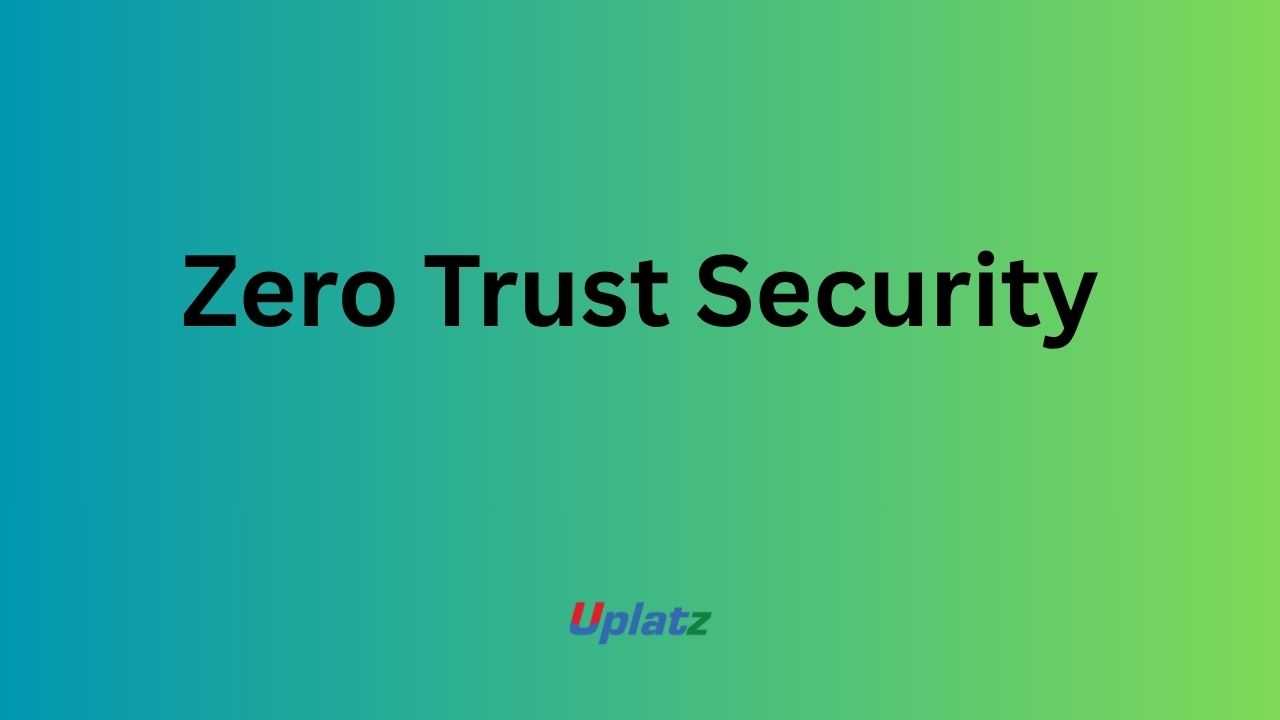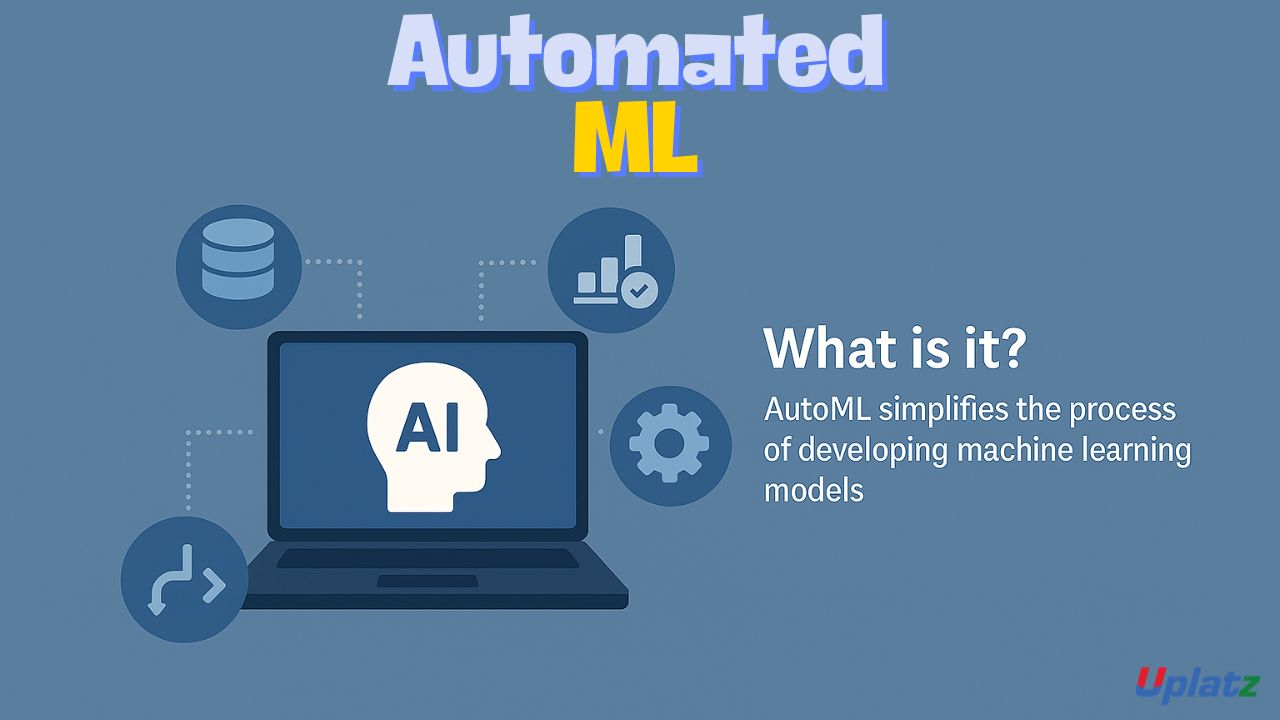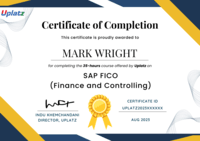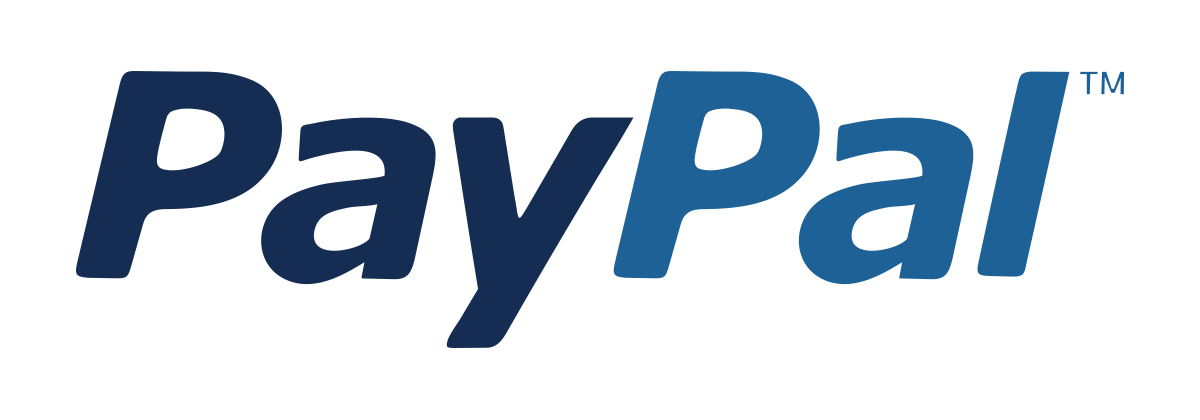Zero Trust Security
Redefine Cyber Defense Through Identity, Verification, and Continuous Trust Validation Price Match Guarantee
Full Lifetime Access
Access on any Device
Technical Support
Secure Checkout
Course Completion Certificate
Price Match Guarantee
Full Lifetime Access
Access on any Device
Technical Support
Secure Checkout
Course Completion Certificate
 97% Started a new career
BUY THIS COURSE (
97% Started a new career
BUY THIS COURSE (GBP 12 GBP 29 )-
 86% Got a pay increase and promotion
86% Got a pay increase and promotion
Students also bought -
-

- Federated Learning
- 10 Hours
- GBP 12
- 10 Learners
-

- Green AI: Sustainable & Efficient AI Development
- 10 Hours
- GBP 12
- 10 Learners
-

- Automated Machine Learning (AutoML)
- 10 Hours
- GBP 12
- 10 Learners

Zero Trust Security has become the global standard for defending modern organisations against sophisticated cyber threats. As businesses adopt cloud computing, hybrid networks, remote work, and distributed architectures, traditional perimeter-based security models can no longer guarantee protection. Zero Trust introduces an entirely new philosophy: no entity — user, device, application, or network — is automatically trusted. Every access request must be continuously verified, authenticated, and authorized based on identity, context, risk, and behaviour.
The Zero Trust Security Course by Uplatz provides a complete, practical roadmap to implementing Zero Trust architectures across modern enterprise environments. You’ll learn how advanced identity management, micro-segmentation, encryption strategies, and AI-driven behavioural analytics work together to protect data, applications, and networks. This course combines conceptual clarity with real-world tools such as Microsoft Entra (Azure AD), Okta, Palo Alto Prisma Access, CrowdStrike Zero Trust, Cisco Duo, and Zscaler, giving you the technical confidence to design and deploy resilient Zero Trust frameworks.
🔍 What Is Zero Trust Security?
Zero Trust Security is a cybersecurity framework built around the principle “never trust, always verify.” Instead of assuming that internal users or systems are safe, Zero Trust treats every interaction as potentially hostile. Trust is earned dynamically through continuous authentication, strict policy enforcement, device posture checks, and behavioural analytics.
Core components include:
-
Identity and Access Management (IAM)
-
Multi-Factor Authentication (MFA) and passwordless access
-
Network and micro-segmentation
-
Least privilege access
-
Continuous monitoring and risk scoring
-
Data protection and encryption strategies
-
AI-driven anomaly detection
-
Policy engines and enforcement points
This model dramatically reduces attack surface, lateral movement, insider threats, and data breaches.
⚙️ How Zero Trust Security Works
Zero Trust relies on a combination of policies, technologies, and real-time evaluations to secure interactions:
1. Verify Explicitly
Authentication and authorization occur every time — using MFA, biometrics, risk-based scoring, device posture, geolocation, and behavioural signals.
2. Enforce Least Privilege Access
Users and devices receive only the minimal permissions needed, limiting exposure and potential compromise.
3. Assume Breach
Security is designed with the expectation that attackers may already be inside the system, resulting in stronger segmentation and isolation.
4. Continuous Monitoring
AI analytics detect anomalies, unusual access patterns, or suspicious behaviour.
5. Micro-Segmentation
Dividing the network into secure zones ensures that even if one system is compromised, attackers cannot move laterally.
6. End-to-End Encryption
Data-in-motion and data-at-rest remain protected across all environments.
This course teaches you how to implement the full Zero Trust pipeline using both cloud-native and vendor-driven solutions.
🏭 How Zero Trust Is Used in the Industry
Zero Trust is the top cybersecurity priority for governments, financial institutions, cloud-native companies, and global enterprises. Organisations including Google, Microsoft, AWS, IBM, Cisco, Zscaler, CrowdStrike, and the U.S. Department of Defense have adopted Zero Trust as an operational standard.
Industry applications include:
1. Financial Services & Banking
Protect customer data, secure payment systems, and prevent account takeover (ATO) fraud.
2. Healthcare
Safeguard patient records, medical devices, and hospital networks from ransomware.
3. Cloud & SaaS Providers
Enable secure, identity-based access to distributed applications.
4. Government & Defence
Prevent espionage, insider threats, and critical infrastructure attacks.
5. Remote & Hybrid Workplaces
Ensure secure access for globally distributed employees and contractors.
6. Manufacturing & IoT
Isolate devices, secure factory-floor networks, and reduce supply-chain vulnerabilities.
7. Retail & E-Commerce
Prevent credential theft, bot attacks, and card-skimming operations.
Zero Trust is now a mandatory cybersecurity baseline in many industries, making expertise in this area highly valuable.
🌟 Benefits of Learning Zero Trust Security
Mastering Zero Trust provides strong professional and technical advantages:
-
Industry-Relevant Skills: Organisations urgently need Zero Trust-trained professionals due to rising cyber threats.
-
Cross-Platform Expertise: Learn vendor-neutral concepts plus real tools like Zscaler, Palo Alto Prisma, Okta, and Microsoft Entra.
-
High Employability: Zero Trust roles exist in SOC teams, cloud security, IAM engineering, cybersecurity architecture, and GRC.
-
Improved Security Design Skills: Build architectures resilient to ransomware, insider threats, and advanced persistent threats (APTs).
-
Future-Proofing: Zero Trust is becoming a global standard — learning it now puts you ahead of emerging requirements.
-
Hands-On Practical Knowledge: Gain experience designing segmentation, conditional access, secure remote access, and policy enforcement.
Zero Trust is one of the most in-demand skills in cybersecurity today.
📘 What You’ll Learn in This Course
(Full syllabus sits in its own section — this is the landing-page overview.)
In this course you’ll explore:
-
Traditional vs. modern cybersecurity models
-
Zero Trust philosophy and NIST SP 800-207
-
Identity and Access Management (IAM)
-
Multi-Factor and passwordless authentication
-
Micro-segmentation and software-defined perimeters
-
Device posture checks and endpoint security
-
Encryption and certificate-based trust
-
AI-driven anomaly detection and threat analytics
-
Risk-based access control policies
-
Zero Trust architecture for cloud, hybrid, and on-prem systems
-
Tools: Microsoft Entra, Okta, Zscaler, Palo Alto Prisma, CrowdStrike Zero Trust
-
Real-world architecture blueprints and implementation roadmaps
-
Capstone project: design a full Zero Trust enterprise architecture
🧠 How to Use This Course Effectively
Follow this learning approach for best results:
-
Start with cybersecurity fundamentals and the limitations of perimeter-based models.
-
Learn Zero Trust principles: identity-first, least-privilege, continuous verification.
-
Understand network segmentation, access control, and policy enforcement.
-
Practice implementing identity-driven authentication using real tools.
-
Set up Zero Trust controls across cloud, hybrid, and on-prem networks.
-
Use AI-based monitoring tools for anomaly detection and behavioural analytics.
-
Work through mini-labs and scenarios to understand threat paths and mitigation.
-
Complete the capstone by designing a full Zero Trust enterprise blueprint.
👩💻 Who Should Take This Course
This course is ideal for:
-
Cybersecurity Analysts and SOC Engineers
-
Cloud Security Specialists
-
Identity & Access Management (IAM) Engineers
-
Network and Security Architects
-
IT Administrators securing hybrid infrastructure
-
DevSecOps Engineers
-
Compliance and Governance Professionals
-
Students and professionals entering the cybersecurity domain
No prior Zero Trust experience is required; basic networking and cybersecurity knowledge will help.
🚀 Final Takeaway
Zero Trust is not just a framework — it is the future of cybersecurity. As organisations move toward distributed, cloud-native systems, Zero Trust becomes essential for protecting data, ensuring compliance, and stopping modern cyberattacks.
This self-paced Uplatz Zero Trust course equips you with the skills and hands-on experience needed to implement, operate, and monitor Zero Trust architectures using real enterprise tools.
By the end, you will be able to design secure, identity-driven systems aligned with global cybersecurity best practices and AI-powered automation.
-
Understand the evolution from perimeter-based to Zero Trust Security.
-
Learn core Zero Trust principles — verification, least privilege, and segmentation.
-
Design secure, identity-aware network architectures.
-
Implement IAM and risk-based authentication mechanisms.
-
Deploy micro-segmentation to limit lateral movement.
-
Integrate AI for behaviour-based anomaly detection.
-
Secure cloud and hybrid infrastructure using Zero Trust principles.
-
Apply encryption, MFA, and continuous monitoring.
-
Align with NIST and ISO cybersecurity frameworks.
-
Prepare for enterprise security, compliance, and risk management roles.
Course Syllabus
Module 1: Introduction to Zero Trust and Cybersecurity Evolution
Module 2: NIST Zero Trust Architecture (ZTA) Overview
Module 3: Core Principles – Never Trust, Always Verify
Module 4: Identity and Access Management (IAM) Strategies
Module 5: Network Segmentation and Micro-Perimeters
Module 6: AI and Behavioural Analytics for Threat Detection
Module 7: Cloud and Hybrid Zero Trust Deployment Models
Module 8: Zero Trust Tools – Microsoft Entra, Okta, Zscaler, Prisma
Module 9: Compliance, Privacy, and Governance in Zero Trust Environments
Module 10: Capstone Project – Design and Present a Zero Trust Architecture
Upon completion, learners receive a Certificate of Completion from Uplatz, validating their expertise in Zero Trust Security. This Uplatz certification confirms your ability to design, deploy, and manage modern security frameworks that protect organisations from internal and external threats through continuous verification and adaptive control.
The certification aligns with global security standards such as NIST 800-207, ISO/IEC 27001, and CIS Controls, equipping professionals with both theoretical and practical Zero Trust expertise.
Holding this certificate demonstrates your readiness to lead enterprise transformation projects that integrate AI, identity management, and risk-based automation into a holistic cybersecurity framework.
Zero Trust Security specialists are in high demand as enterprises transition to cloud-native, distributed systems. Completing this course from Uplatz prepares you for roles such as:
-
Zero Trust Architect
-
Cybersecurity Engineer (Identity & Access)
-
Cloud Security Specialist
-
Network Security Consultant
-
Risk & Compliance Analyst
Professionals in this field typically earn between $115,000 and $200,000 per year, with opportunities in cloud security, enterprise IT, government infrastructure, and fintech sectors.
The course prepares you to design and implement advanced Zero Trust architectures that protect organisations from insider threats, credential misuse, and sophisticated attacks — essential expertise for the modern digital landscape.
-
What is Zero Trust Security?
A security model that assumes no user, device, or system should be trusted by default, regardless of location. -
What are the core principles of Zero Trust?
Verify explicitly, use least-privilege access, and assume breach. -
What problem does Zero Trust solve?
It mitigates the risks of insider threats, credential theft, and lateral movement in networks. -
What are the main components of a Zero Trust architecture?
IAM, micro-segmentation, continuous verification, and data encryption. -
What is micro-segmentation?
Dividing networks into smaller zones to isolate and control access between workloads. -
How does AI enhance Zero Trust?
AI analyses user behaviour, detects anomalies, and automates adaptive access decisions. -
What is least-privilege access?
Giving users and systems the minimum permissions required to perform their tasks. -
What frameworks define Zero Trust standards?
NIST SP 800-207 and the Forrester Zero Trust eXtended (ZTX) model. -
How does Zero Trust apply in the cloud?
Through identity-based access, encryption, and policy-driven controls for all cloud resources. -
What challenges exist in adopting Zero Trust?
Integration complexity, legacy infrastructure, and balancing user experience with strict access controls.









